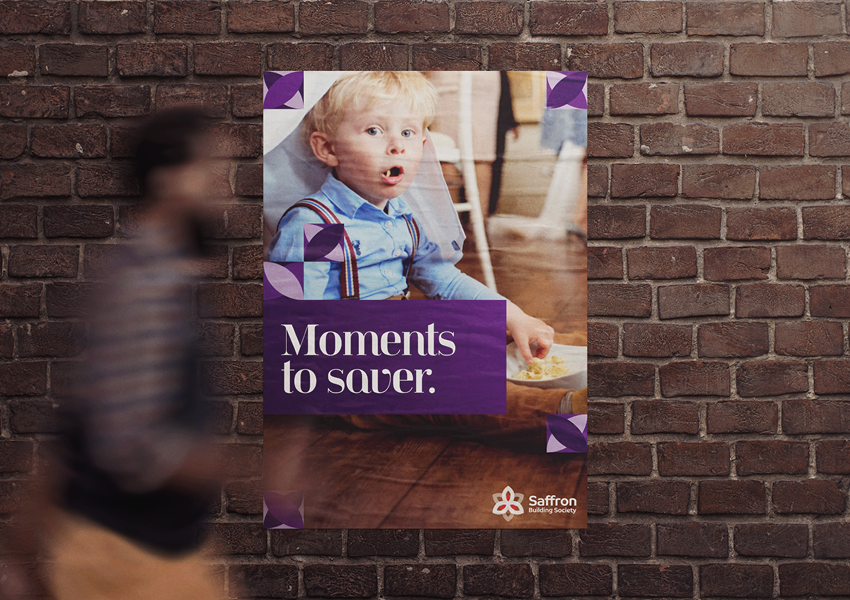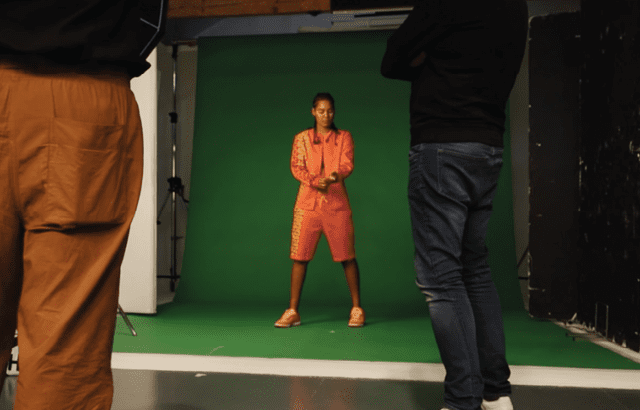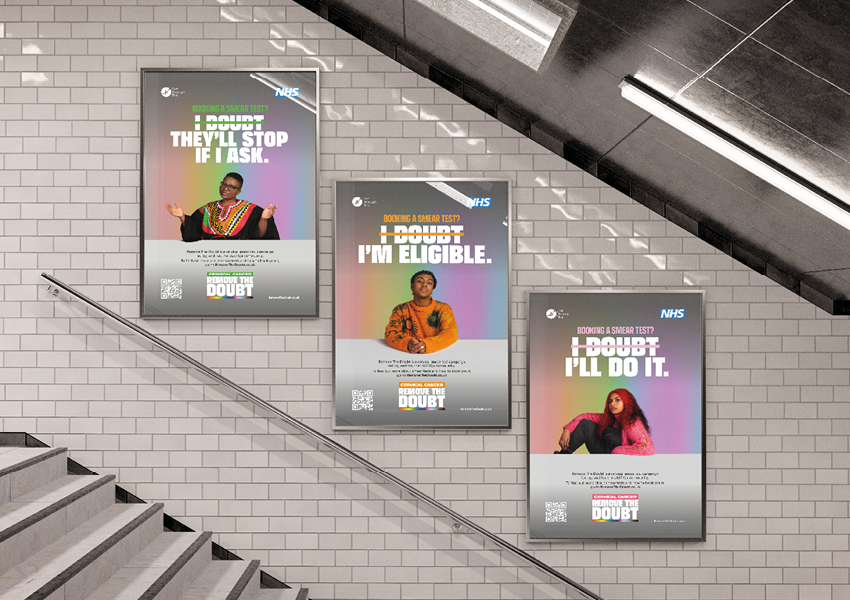Existing insight review
Drawing on customer and business performance data, competitor analysis and category reports to provide broader context and in-depth understanding of category behaviours and trends. This may give the answers you need or identify gaps or areas of interest to focus on in further research.






